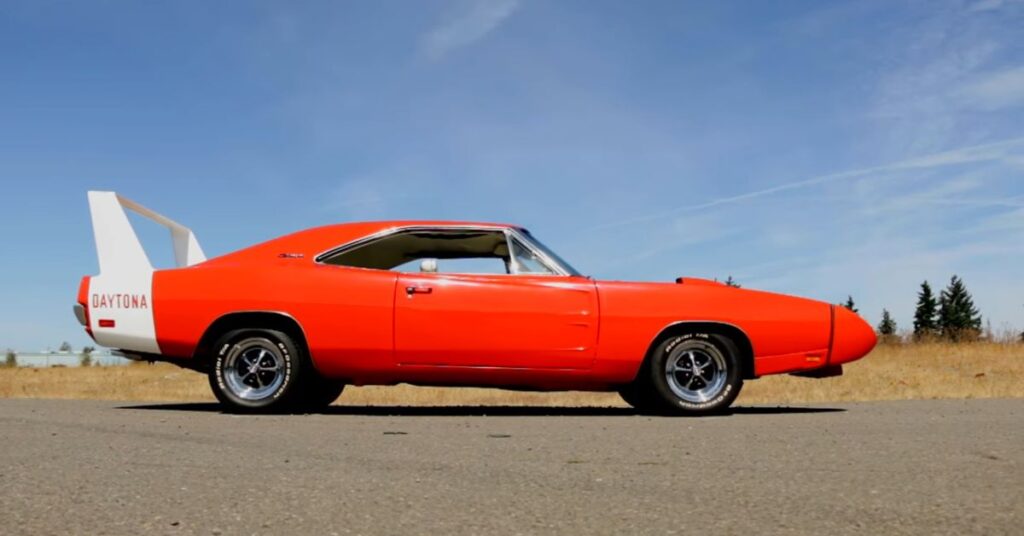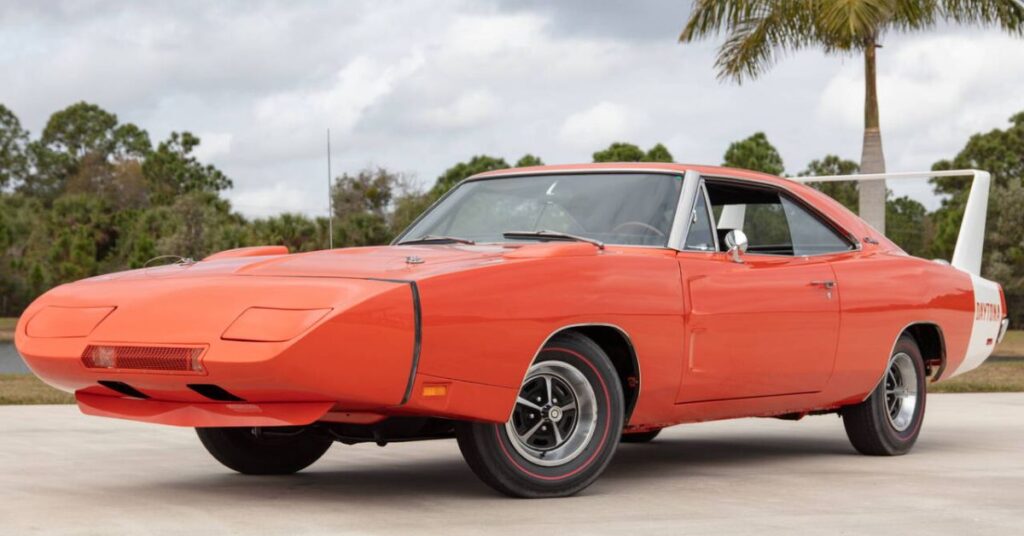The Dodge Daytona is often regarded as a muscle car that gained immense popularity long after its initial release. Back in the day, dealers struggled to sell these extraordinary vehicles. However, today, they are highly sought after by collectors and enthusiasts alike. The Daytona’s unique features, breathtaking performance, and groundbreaking design have solidified its place in automotive history.
NASCAR Roots: The Pursuit of Speed and Victory
The origins of the Dodge Daytona can be traced back to NASCAR racing in the late 1960s. During this era, manufacturers were eager to push the boundaries of automotive engineering to gain a competitive edge on the racetrack. Dodge, in particular, sought to leverage aerodynamics to increase speed and improve overall performance.
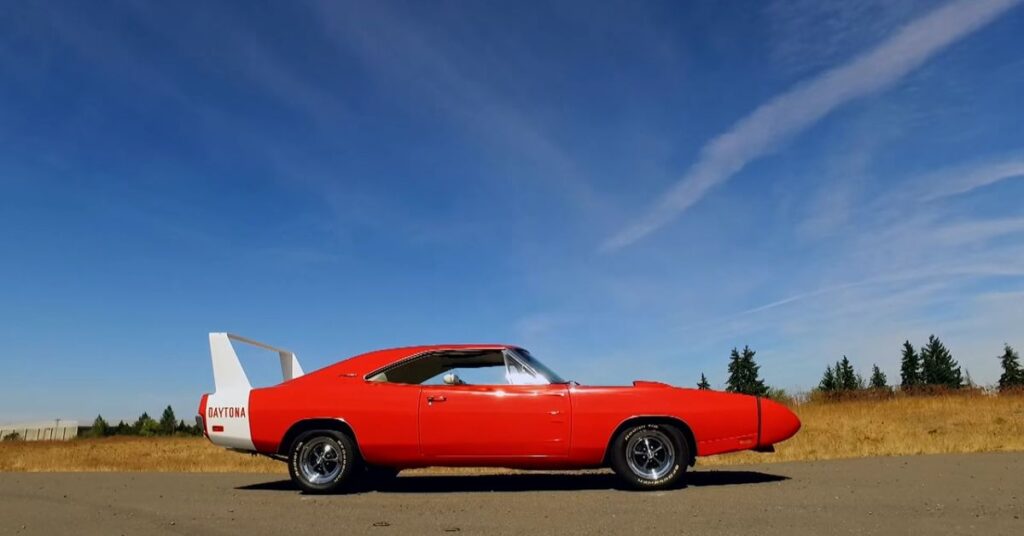
The engineers at Dodge understood the significance of aerodynamics in racing. By making the car more streamlined and reducing drag, they aimed to achieve higher speeds while also putting less strain on the engine. The modifications made to the Dodge Charger Daytona included a unique rear glass, A-pillar covers to enhance airflow, fender extractors, and a distinctive nose cone at the front.
Aesthetics: A Design That Sets It Apart
The 1969 Dodge Daytona 440 is undeniably distinguished by its massive rear wing, which serves as one of its most visually striking features. This bold design element not only enhances the Daytona’s aesthetic appeal but also plays a crucial role in its aerodynamics and high-speed stability. However, the uniqueness of the Daytona’s design goes well beyond its iconic wing.

The elongated nose cone of the Daytona, combined with its sleek body lines, sets it apart from its regular Charger counterparts. The distinctive nose cone not only adds a sense of aggression to the car’s appearance but also contributes to its improved airflow and reduced drag. When juxtaposed with a standard Charger, such as the 1970 model, the Daytona’s design disparities become even more evident.
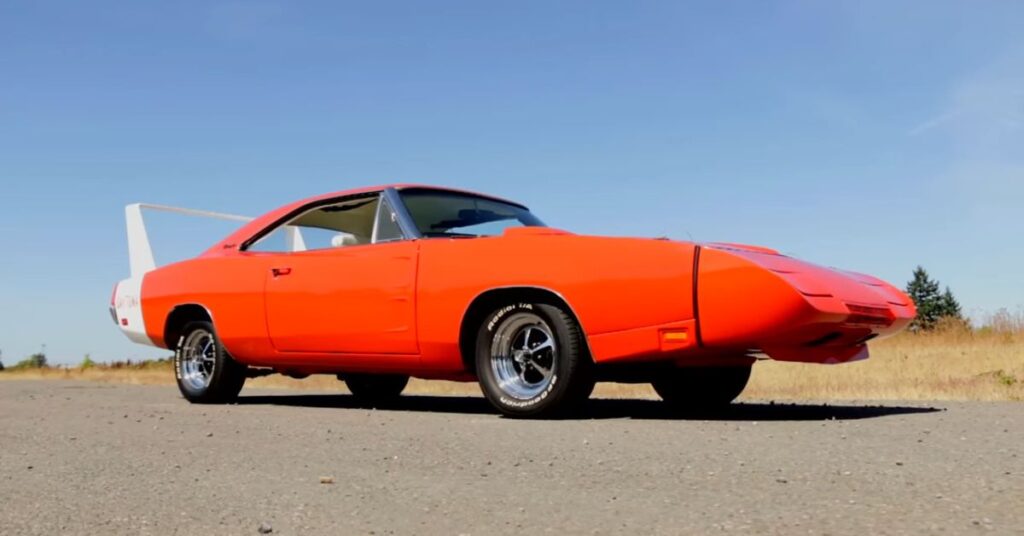
The design disparities between the Daytona and the regular Charger make the former an exceptional and sought-after muscle car. Whether it’s the eye-catching rear wing, the elongated nose cone, or the overall sleekness of the body, the Daytona’s design captures the attention of automotive enthusiasts and collectors worldwide. Its unique aesthetic is a testament to the innovative thinking and engineering prowess of its time, solidifying its place as an automotive icon.
The Dodge Daytona vs. the Regular Charger
When comparing a Dodge Daytona to a regular Charger, the distinctions are readily apparent. The Daytona boasts unique features like its rear wing, rear glass, A-pillar covers, fender extractors, and front nose cone. These alterations significantly contribute to the car’s aerodynamic performance and overall visual appeal.
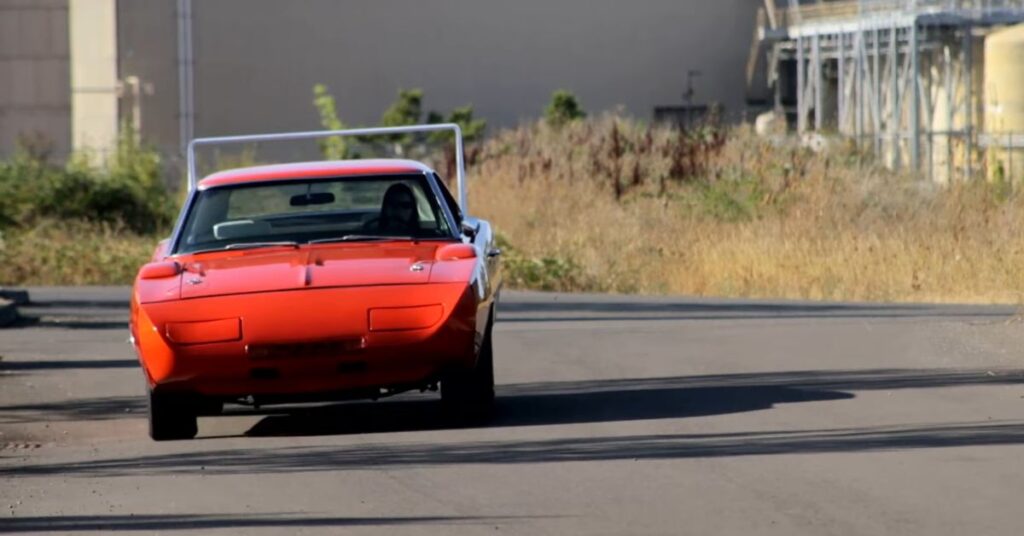
The Dodge Daytona made its debut in 1969 as a mid-year release. This model was a significant improvement over its predecessor, the Charger 500, which failed to deliver the desired aerodynamic enhancements. The modifications made to the Daytona resulted in exceptional performance and immediate success on the racetrack.
Racing Success: Daytona’s Triumphs on Super Speedways
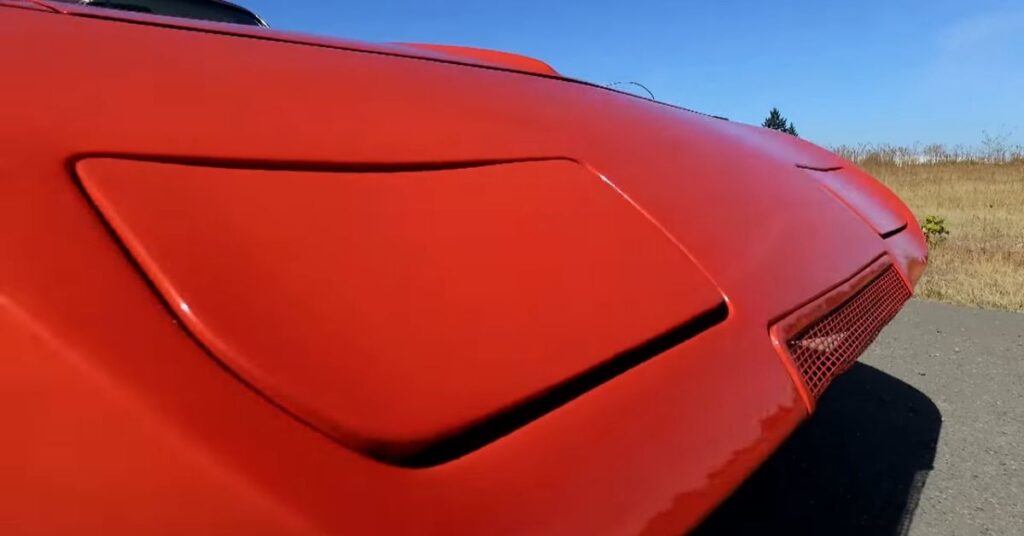
The Dodge Daytona’s racing career was nothing short of remarkable. Buddy Baker famously broke the 200 mph barrier in a Hemi-powered Daytona, solidifying its reputation as a speed demon. These winged warriors enjoyed numerous victories on Super Speedways, showcasing their dominance and the effectiveness of their aerodynamic design.
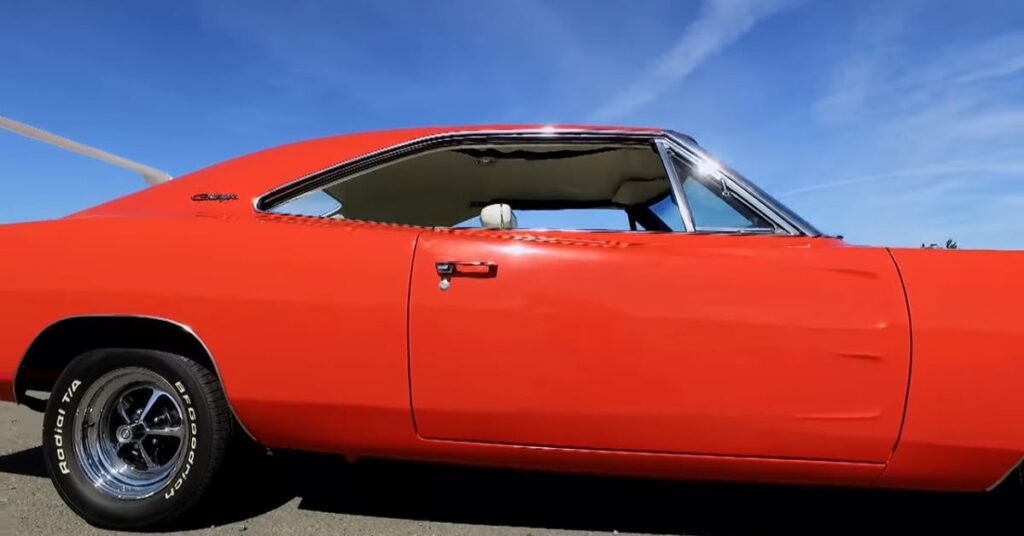
To meet NASCAR’s homologation requirements, Dodge had to produce street-legal versions of the Daytona. Although these consumer-level cars were less radical than their racing counterparts, they still turned heads with their pointed nose cones and towering rear wings. While some considered it excessive, the Daytona’s unique design continued to attract drag racing enthusiasts looking for a competitive edge.
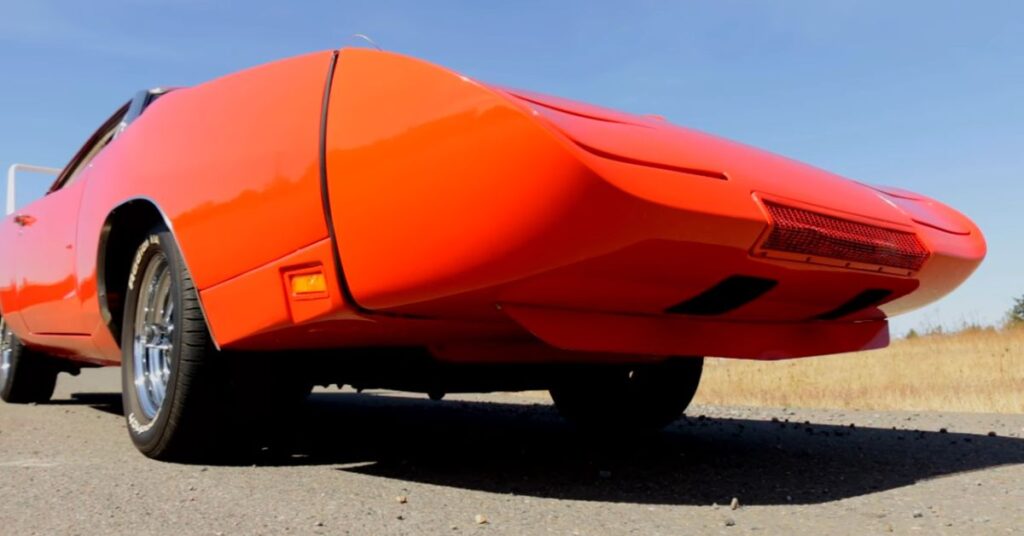
Performance and Power: The Mighty 440 Engine
The Dodge Daytona 440 conceals a formidable powerhouse beneath its hood. This magnificent muscle car is equipped with a 440 V8 engine, which unleashes a remarkable output of 375 horsepower and an impressive 480 pound-feet of torque. The robust all-iron V8 engine showcases a ten-to-one compression ratio, ensuring not only exhilarating acceleration but also tire-scorching performance on the road.
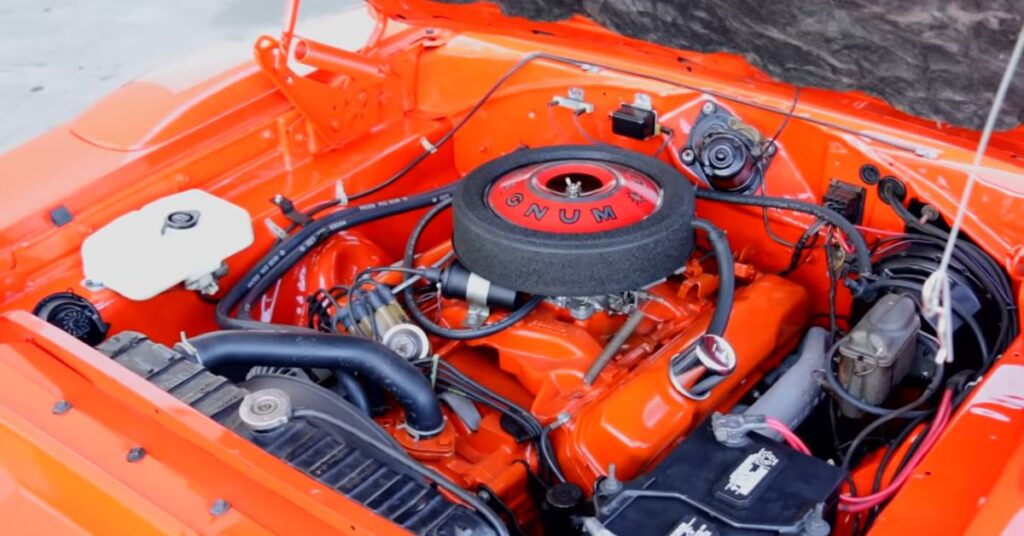
The 440 V8 engine is a testament to Dodge’s commitment to delivering raw power and thrilling performance in the Daytona. With its impressive horsepower and torque figures, the Daytona 440 exemplifies the essence of a true American muscle car. Whether you’re revving up from a standstill or cruising on the highway, this engine’s tenacious spirit guarantees an unforgettable driving experience that will leave a lasting impression on anyone fortunate enough to sit behind the wheel.
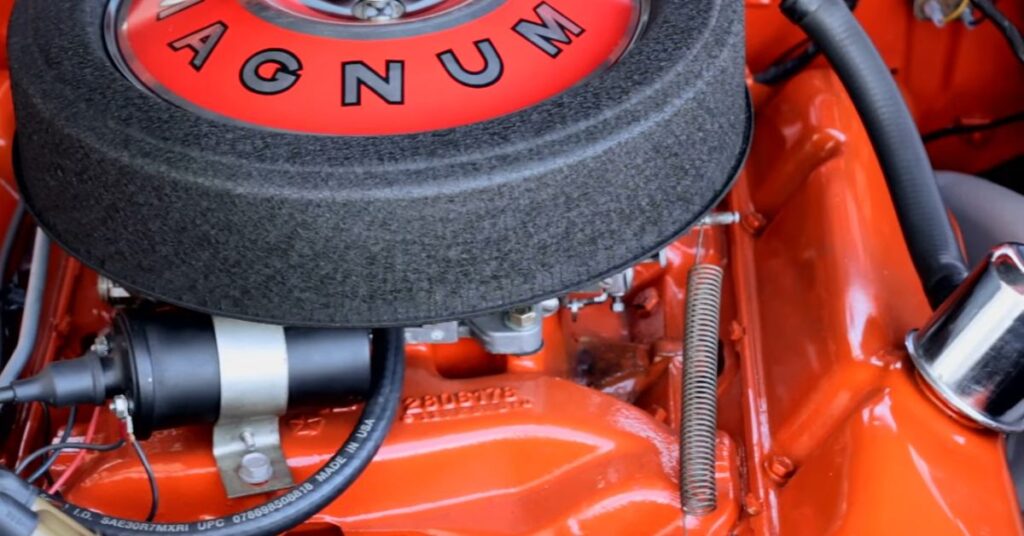
Stylish and Spacious Interior
The interior of the Dodge Daytona is a perfect blend of comfort and style. The front seats are designed as bucket seats, providing a sporty and supportive feel for the driver and front passenger. In the rear, ample space is available for passengers, ensuring a comfortable ride for all occupants.
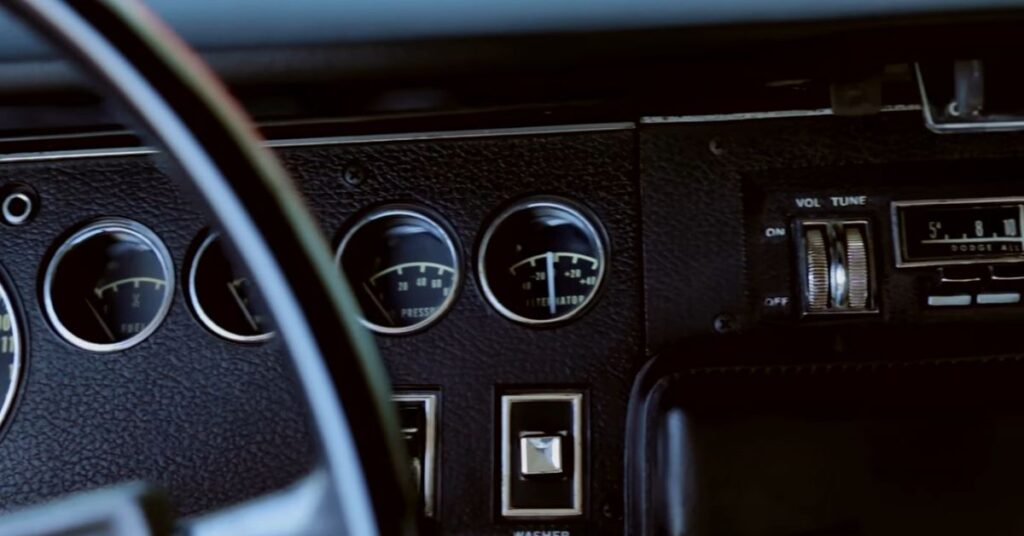
One of the standout features of the Daytona’s interior is the striking contrast created by the combination of white upholstery against the vibrant orange exterior paint. This color scheme adds a touch of elegance and visual appeal to the cabin, enhancing the overall aesthetic of the car.
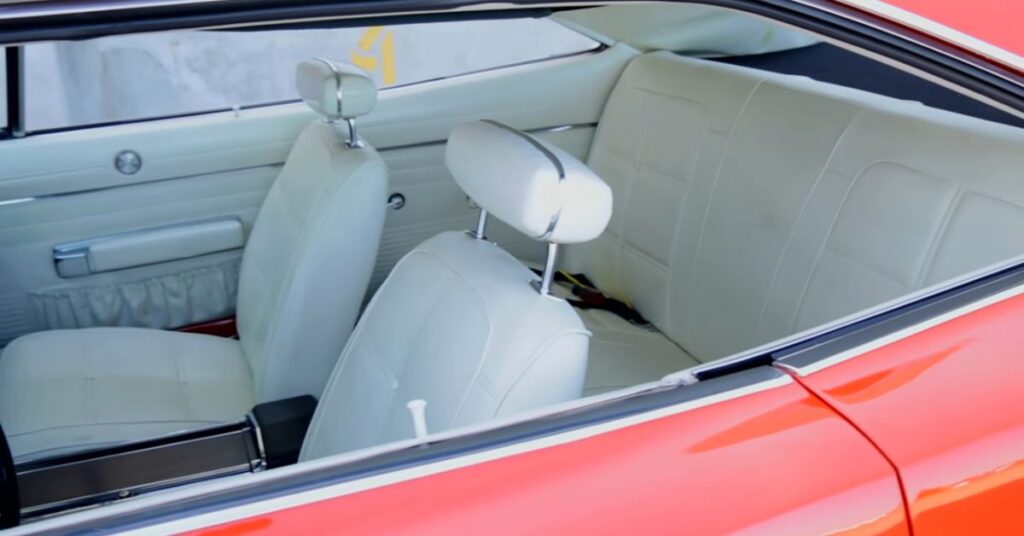
The dashboard of the Daytona is designed with both form and function in mind. Essential gauges, including a tic-toc-tachometer and a 150 mph speedometer, are prominently displayed, allowing the driver to monitor vital information with ease. These gauges reflect the Daytona’s performance-oriented nature, reminding the driver of the car’s powerful capabilities.
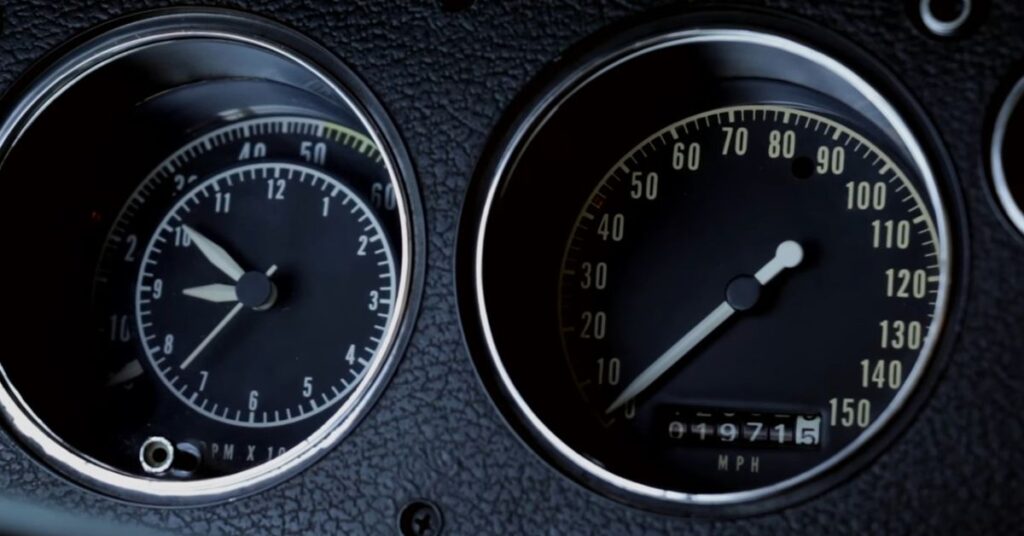
With its comfortable seating, eye-catching color scheme, and well-designed dashboard, the interior of the Dodge Daytona creates a captivating and enjoyable driving environment. Whether cruising on the open road or tackling tight corners, the Daytona ensures that both driver and passengers can experience the thrill of the ride in utmost comfort and style.
Handling and Suspension: Comfort Meets Performance
Beneath the sleek and powerful exterior of the Dodge Daytona 440 lies a well-engineered undercarriage that complements its performance capabilities. From the suspension to the braking system, every component is meticulously designed to ensure optimal handling and control.
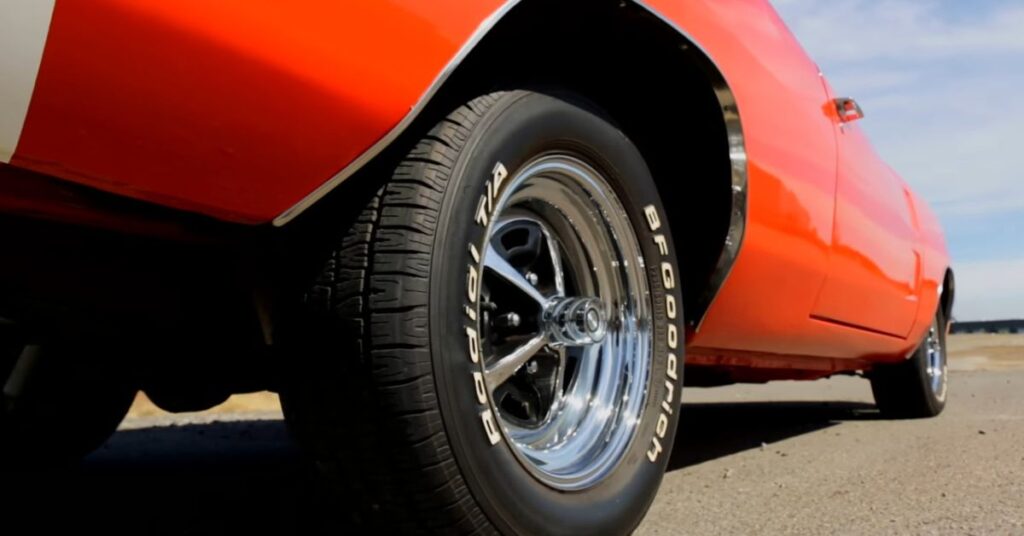
The Daytona’s suspension system strikes a balance between comfort and performance. While it may not possess the aggressive bones of its racing counterparts, the Daytona’s suspension setup is tailored to deliver a smooth and stable ride. It absorbs bumps and road imperfections with finesse, providing passengers with a comfortable experience even during spirited drives.

Complementing the suspension system is the Daytona’s braking system, which is designed to bring this powerhouse to a halt with confidence. With the Daytona’s considerable speed and power, a robust braking system is a necessity. Whether you’re decelerating from high speeds or navigating tight corners, the braking system offers precise stopping power, instilling a sense of reassurance and control.
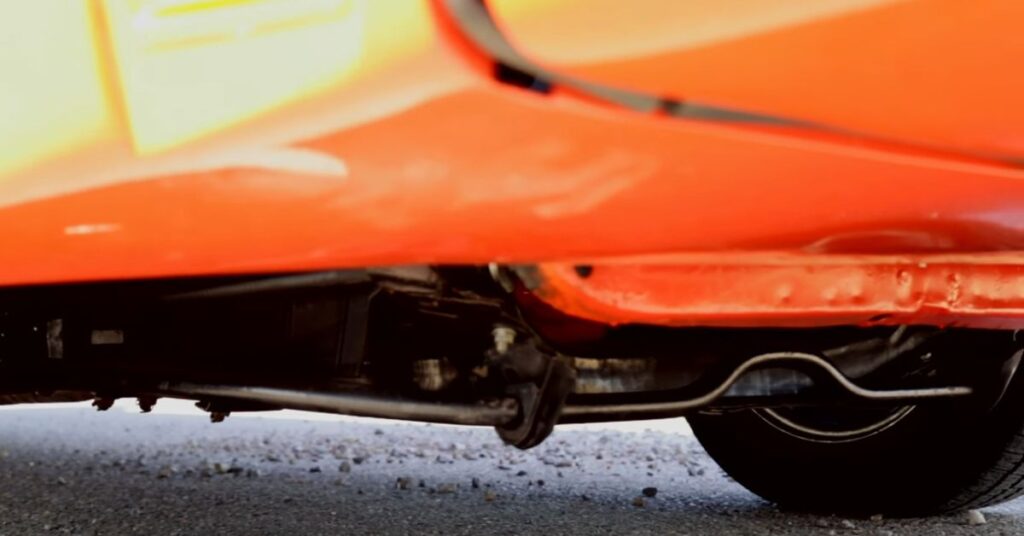
Together, the suspension and braking systems of the Dodge Daytona 440 create a harmonious marriage between performance and stability. Whether you’re conquering winding roads or enjoying a leisurely cruise, the undercarriage of the Daytona ensures a thrilling and secure driving experience, making it a true masterpiece of engineering.
The Daytona’s Impact on Muscle Car History
The Dodge Daytona holds a significant place in the annals of muscle car history. Its bold and distinctive design, coupled with outstanding performance, solidifies its status as an automotive icon. The winged design, though initially met with mixed reactions, has become synonymous with the muscle car era, capturing the imagination of car enthusiasts worldwide.
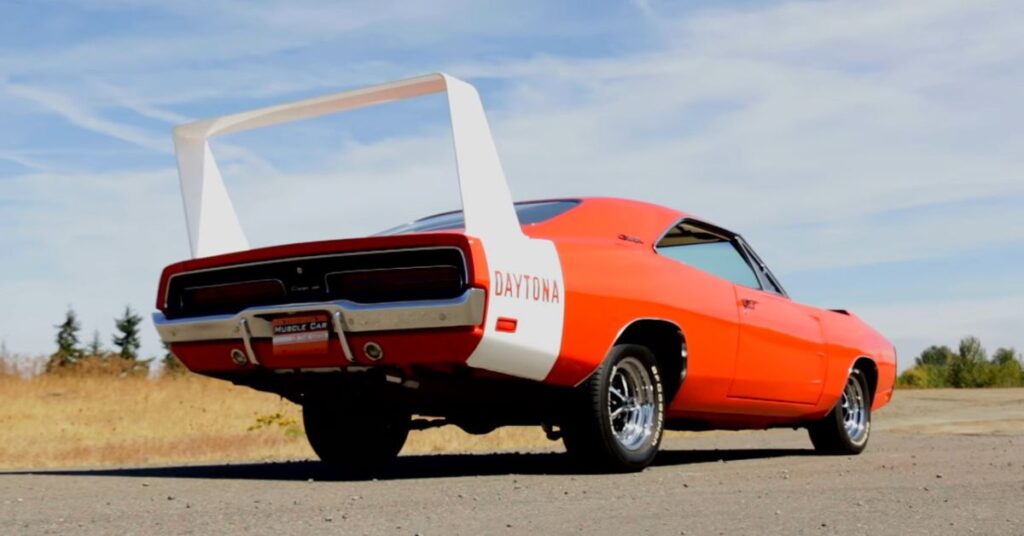
Owning a 1969 Dodge Daytona 440 is a dream come true for many car collectors and enthusiasts. These rare and highly sought-after vehicles are coveted for their unique design, historical significance, and raw power. While the sales figures were initially disappointing, the Daytona’s impact on the world of muscle cars cannot be understated.
Conclusion
The 1969 Dodge Daytona 440 is a testament to the ingenuity and ambition of automotive engineers of its time. From its NASCAR-inspired roots to its stunning aerodynamic design, this muscle car has left an indelible mark on the industry. With its powerful engine, distinctive features, andunforgettable presence, the Dodge Daytona continues to captivate the hearts of car enthusiasts around the world.
